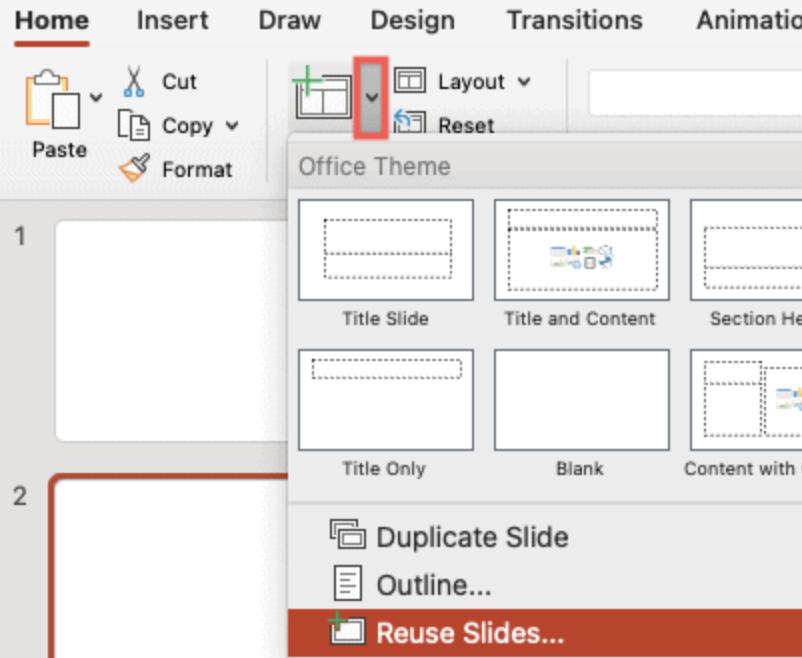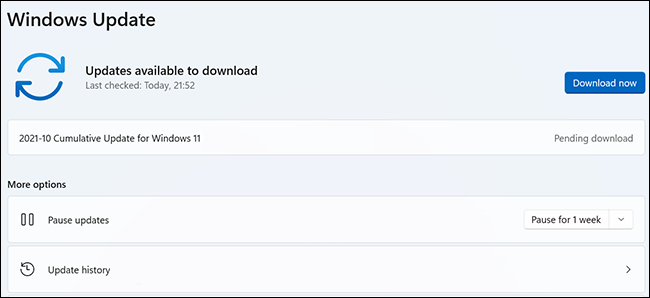Can’t figure out why your PowerPoint slide keeps going blank?
PowerPoint is one of the most popular presentation software in the world. It has been around for decades and is certainly among the best tools for creating and viewing presentations for various purposes.
One of the main selling points of PowerPoint is its easy to navigate interface and straightforward features.
Even users without a background in the software won’t have a hard time using it.
Although ease of use is PowerPoint’s most appealing aspect, this doesn’t mean that you won’t encounter problems while using it.
If you are reading this, we can assume that you are already annoyed by your PowerPoint slide that keeps going blank after adding content. Depending on the situation, this problem could occur after saving your presentation or while working on it.
Luckily, you have come to the right place.
In this guide, we will show you exactly what to do if your PowerPoint slide keeps going blank.
Let’s get right into it!
1. Try Moving the Content.
If you encounter this problem on a specific slide in your presentation, we suggest moving its content to a new slide. The slide you are working on may have encountered a bug or glitch that prevents it from being modified.
Simply right-click under the problematic slide and select the New Slide option. Once done, transfer the contents of your slide.
You can also try adding the contents one by one and see if one of them causes the issue.
2. Move to A New Project.
The project you are working on may have gotten corrupted, which explains the issue. If this is the case, try creating a new project and transfer all your slides to the new one.
Here’s what you need to do:
- First, create a new PowerPoint file.
- After that, save your existing project to any folder. We recommend saving it on your desktop to find it easier.
- Now, go to your new project and click on Home. Choose the New Slide option and click on Reuse Slides.

- Lastly, locate your old PowerPoint file and open it. You can also enable the ‘Keep Source Formating’ option if you don’t want your presentation design to change.
Once done, try adding new content to your slide and see if they will disappear.
3. Disable PowerPoint Add-ins.
Add-ins are supplemental tools that add custom commands and features to various Office programs. They are mostly used for PowerPoint but not all add-ins are effective. If you encounter problems while using PowerPoint, we suggest turning off your add-ins.
Check out the guide below to remove them:
- On PowerPoint, click on File and choose Options.
- Now, go to the Add-ins tab.
- Finally, turn off all your custom commands and features.
Restart PowerPoint afterward and check if the problem is solved.
4. Update Your System.
There might be an issue with your operating system that causes PowerPoint to run into errors. To be sure, we recommend updating your OS to the latest version possible to patch potential bugs and glitches.
See the guide below to update Windows:
- On your keyboard, press the Windows + I keys to open Windows Settings.
- Next, click on the Windows Update tab from the side menu.
- Finally, hit the Download & Install button and follow the prompts.

Reboot your system afterward and check if the issue is solved.
5. Reinstall PowerPoint.
If none of the solutions above worked for you, we recommend reinstalling the program on your computer. This way, we can ensure that there are no broken or missing files on your system.
Check out the steps below to delete PowerPoint:
- First, go to the Control Panel and click on Uninstall a Program.
- After that, locate PowerPoint from the list.
- Right-click on the app and choose Uninstall.
Reinstall PowerPoint afterward and see if the same issue would occur.
That sums up our guide on what to do if your PowerPoint slide keeps going blank. If you have questions or other concerns, leave a comment below, and we’ll do our best to answer them.
If this guide helped you, please share it. 🙂





